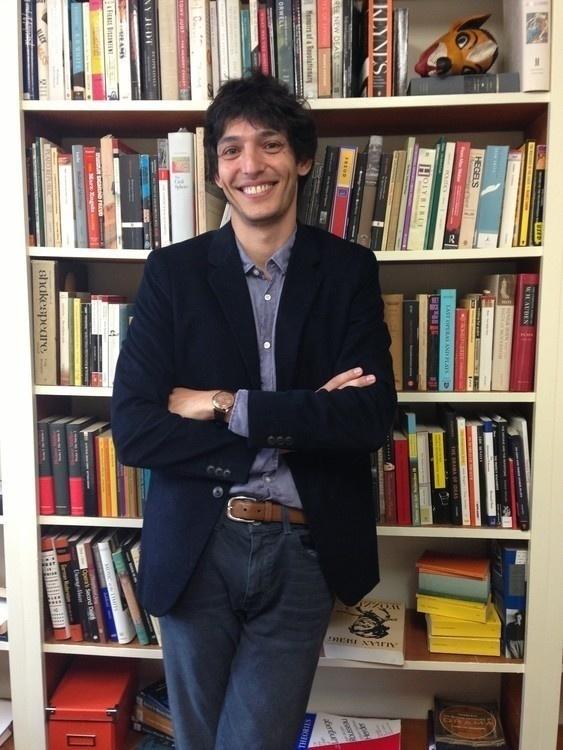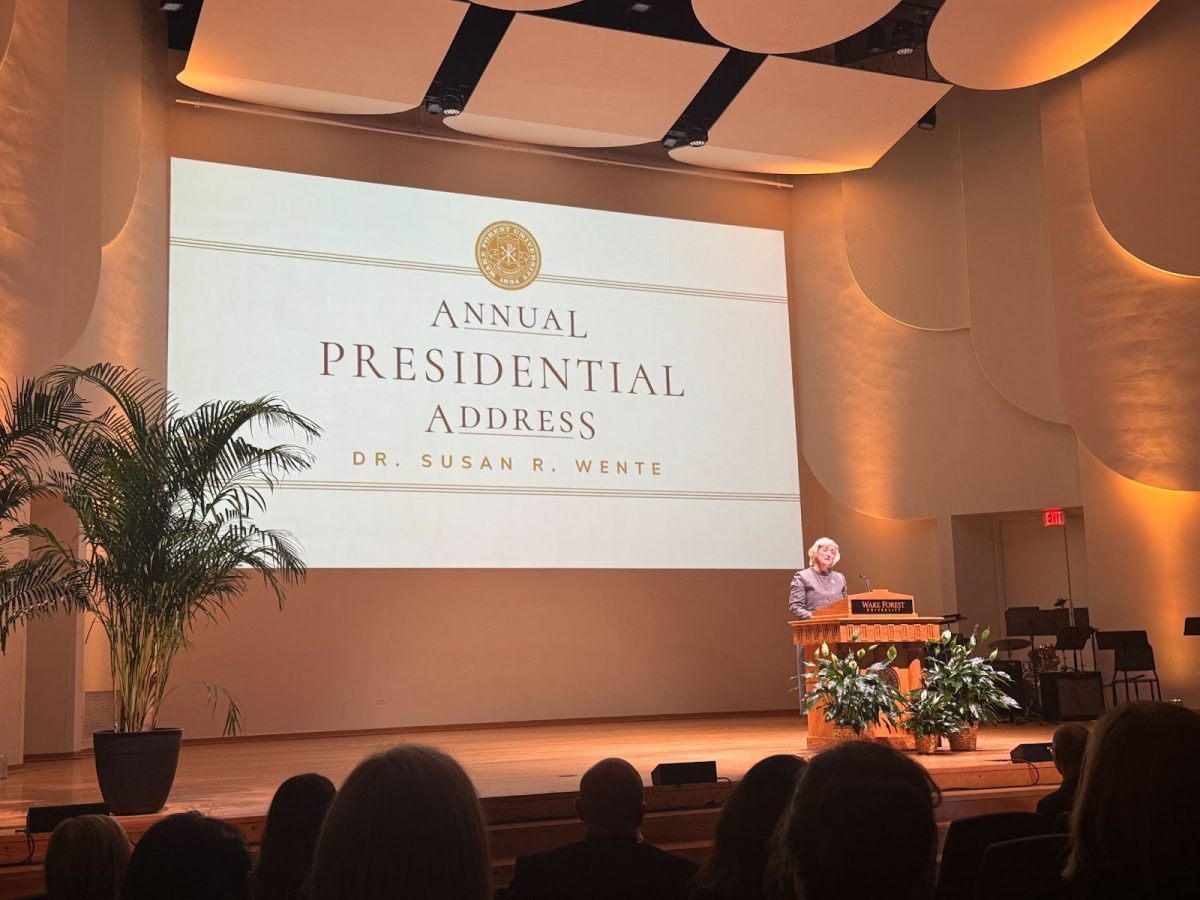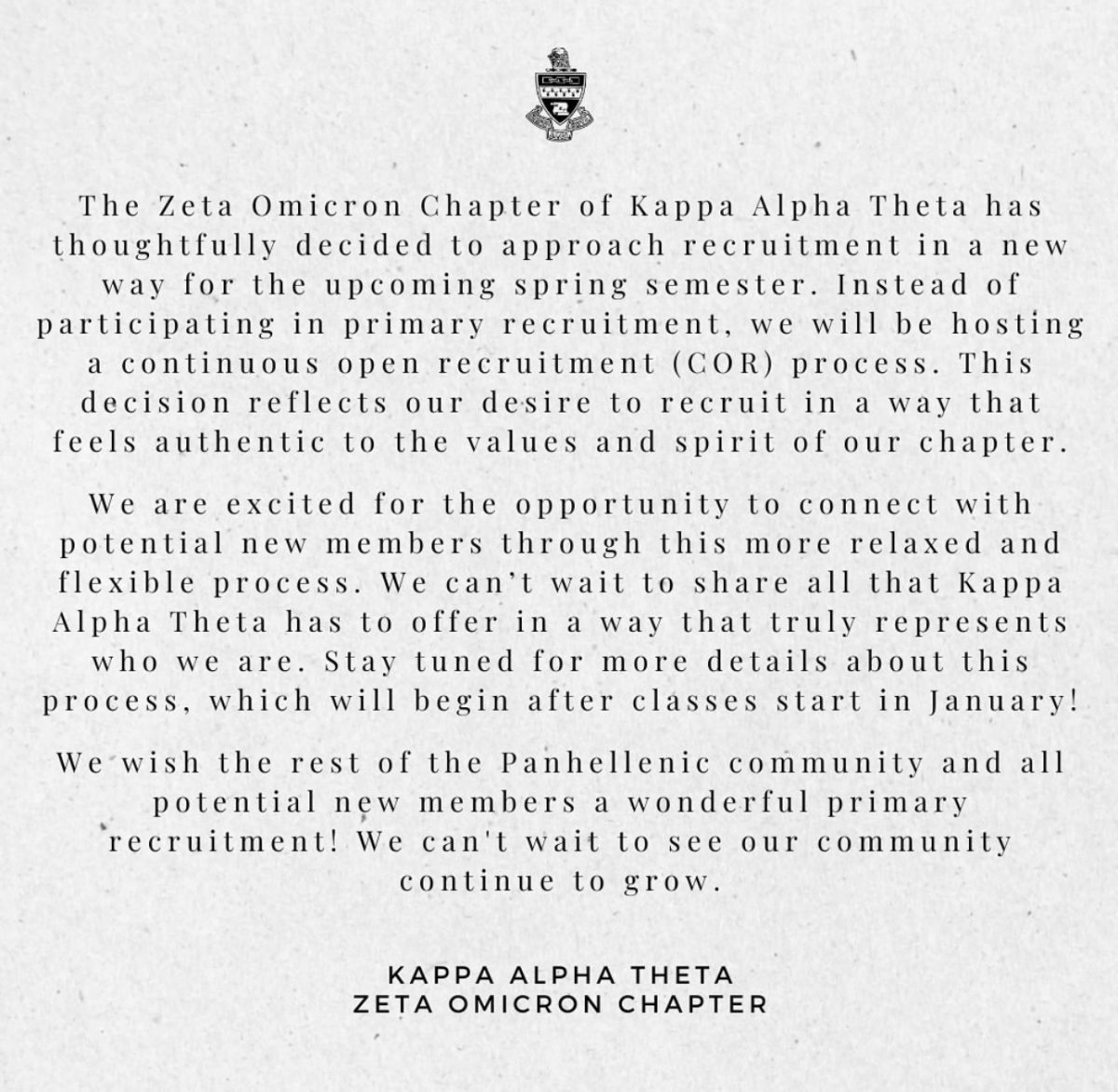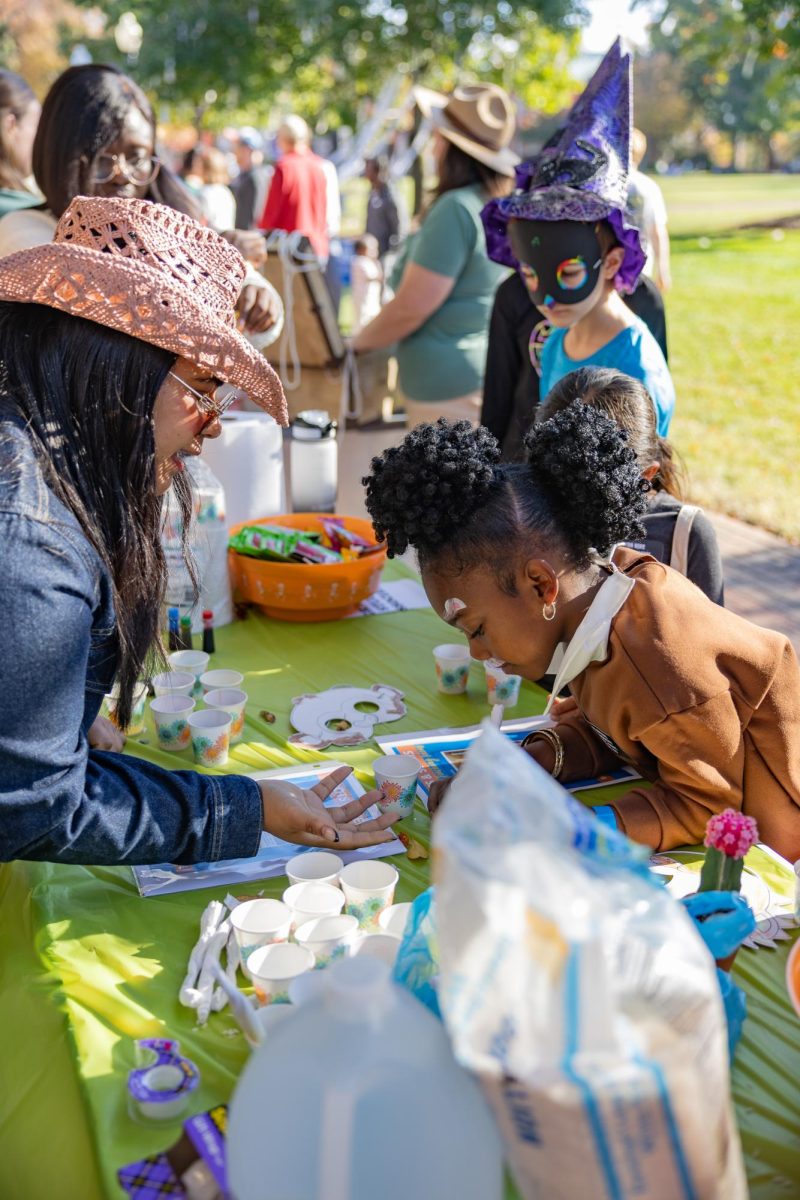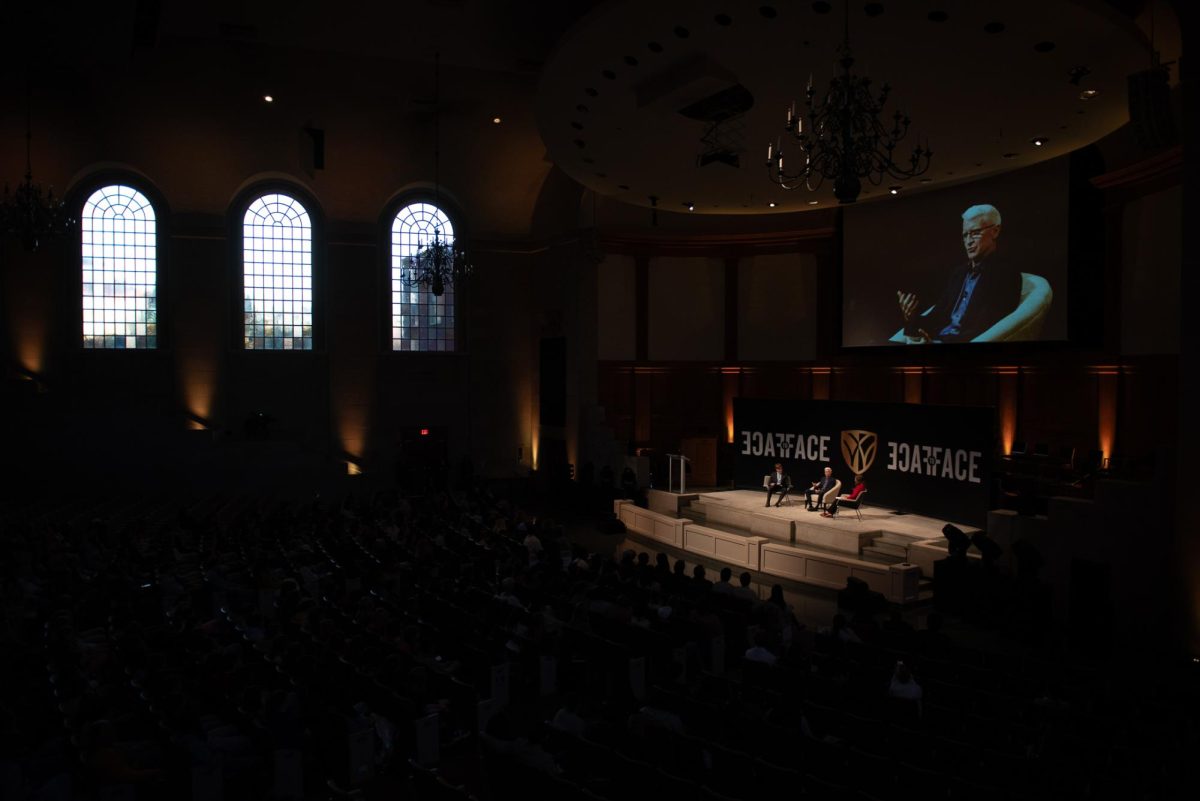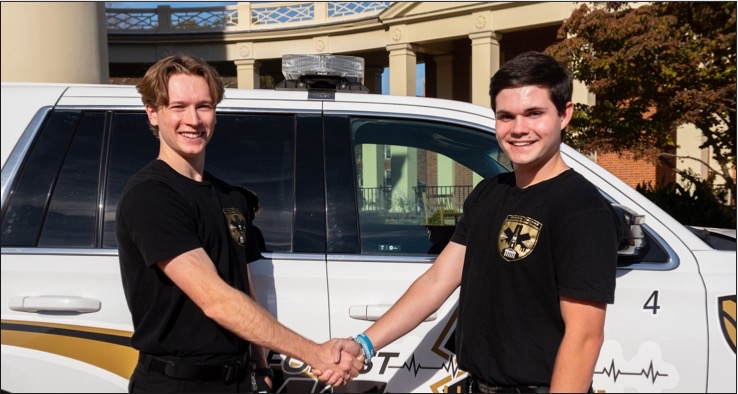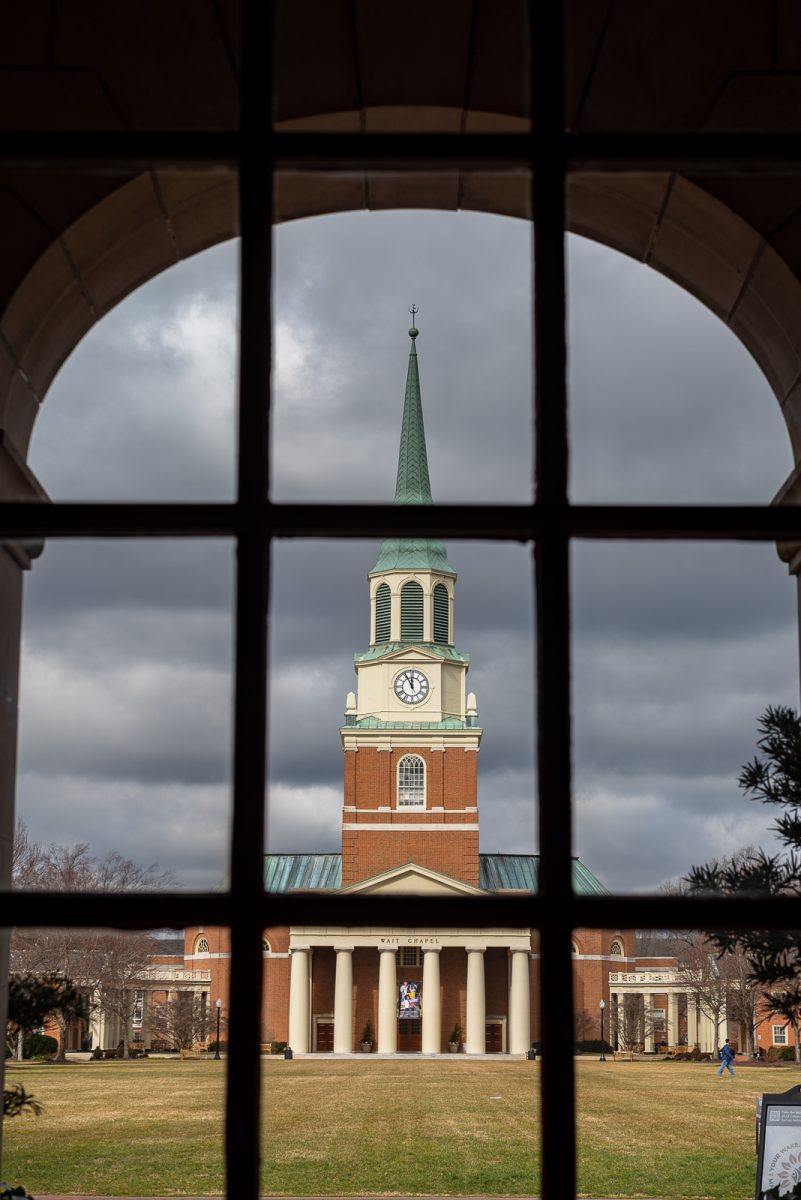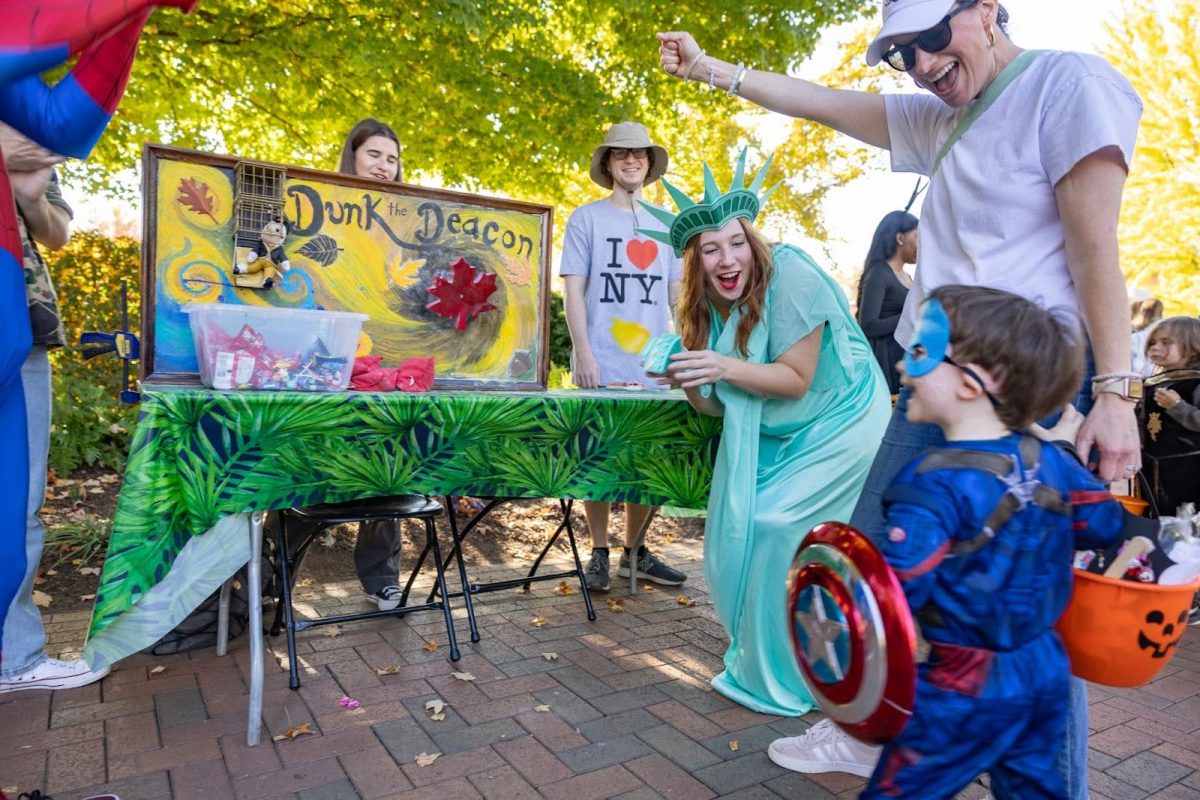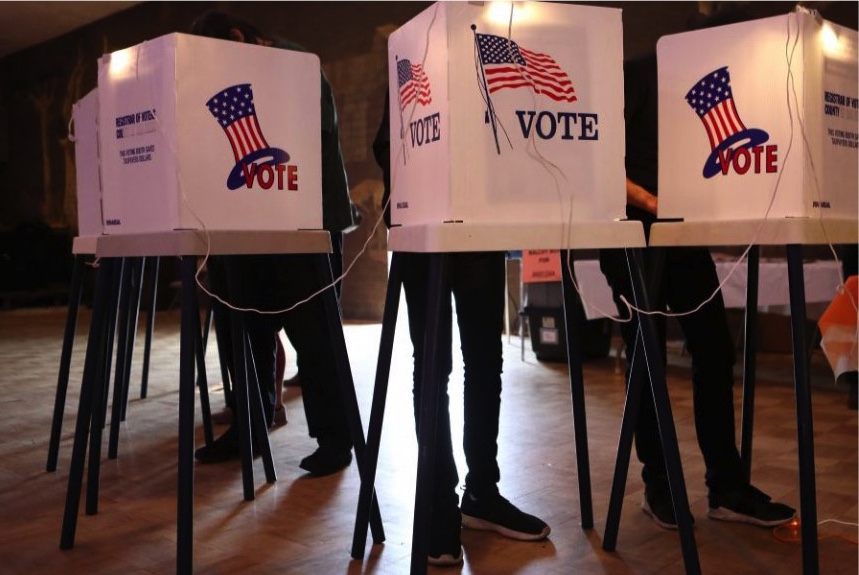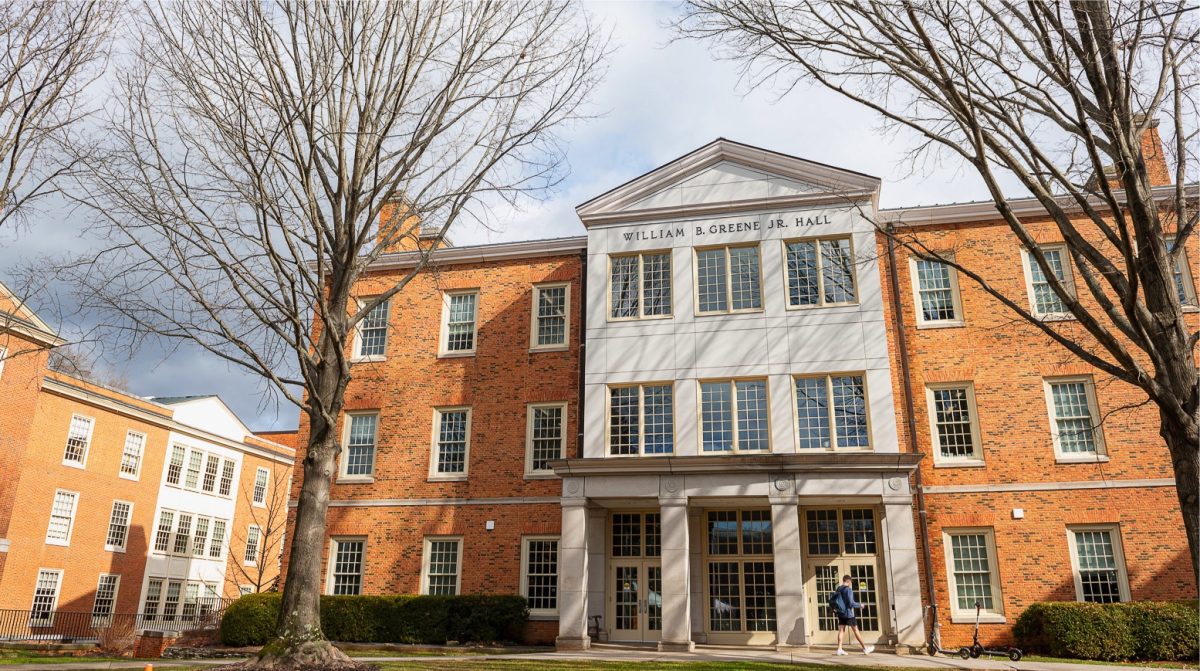Titled “Civilized Violence: Lessons from Gun Schools,” Shapira’s talk focused on his time at a Texas gun school. He learned that the main focus at these schools was not to teach gun safety but instead to cultivate desensitivity to guns and gun violence.
Wearing jeans, a white button down and a sports coat, Shapira set a casual tone for the talk, sponsored by Wake Forest’s sociology department. The smaller ZSR Auditorium was three quarters of the way full of students and faculty, and a refreshment table lined the wall, offering cookies, cheese and crackers and wine (for students above 21). Once the talk began, many students opened their laptops to take notes.
Shapira was introduced by David Yamane, a professor of sociology at Wake Forest. He listed Shapira’s accomplishments and briefly put in a plug for his recently published book. Yamane finished by saying that Shapira was part of a new wave of sociologists writing about guns.
Shapira, a soft spoken young man with a PhD from Columbia University began by saying he’d never been around gun culture before. His presentation included pictures and words to go along with his lecture. He began with an introduction: Tom, the man who runs TK Training, the gun school in Texas that Shapira visited. He showed a photo of him, then explained the three lessons that Tom taught his students. These three lessons were the outline for the rest of the lecture. First, students are taught to be afraid. Second, they’re trained to feel comfortable around guns. Third, they learn to think about killing someone as a question of tactics rather than morality.
Shapira read off his notes for most of the talk. Each time he transitioned to a new topic he would begin with a story from one of his encounters at Tom’s gun school. For example, Shapira described Tom starting his classes with the same two videos every time. One showed a violent home robbery gone wrong that led to a woman being attacked, and the other was footage of a police officer getting shot during a traffic stop. Shapira explained that for students this created a sense of fear and a need to protect oneself. He also mentioned other sociology studies about gun violence that showed how gun schools use racial and gender stereotypes to create a “good” versus “bad” mindset.
Next, Shapira told a long story about a woman named Katie who was afraid to shoot a gun during their class, but when they met again a year later she was a great shot and used her gun often. From this story he began talking about how people get comfortable around guns.
He finished the talk with a story about one of Tom’s students who killed a man. According to Shapira, Tom was not disappointed that a man was dead, but instead that his student had used bad tactics in the killing. He then summarized his findings for the group. “Gun schools try to create a legal and moral discourse of self-defense that they perpetuate in order to reintegrate the possibility of an act of violence as a civilized action,” Shapira said.
After he finished, there was time for questions. Twelve different students asked questions, and Shapira paced along the room as he answered. Once the questions ended, Yemane thanked Shapira again, and the talk was over. Some students and faculty stayed around to eat food and talk with each other and Shapira.
“I think that Dr. Shapira raises an interesting point in saying gun schools have auxiliary goals. In addition to teaching how to shoot a gun, they also teach how to engage in and emulate the gun culture,” said Chloe Hillard, a senior sociology major at Wake.
“I think he offered a very nuanced perspective on gun ownership,” said Callie Cleckner, also a senior.
Shapira recently published “Waiting for Jose: The Minutemen’s Pursuit of America”. He will continue to study gun schools and gun culture while teaching at the University of Texas at Austin.


